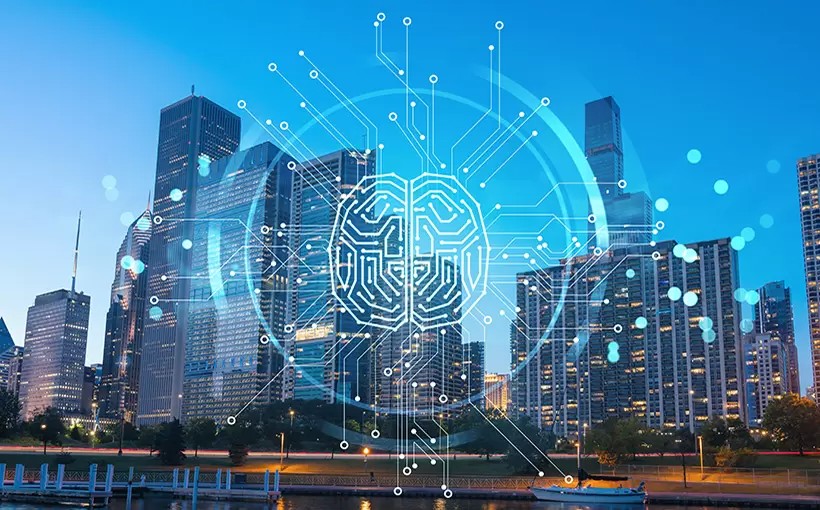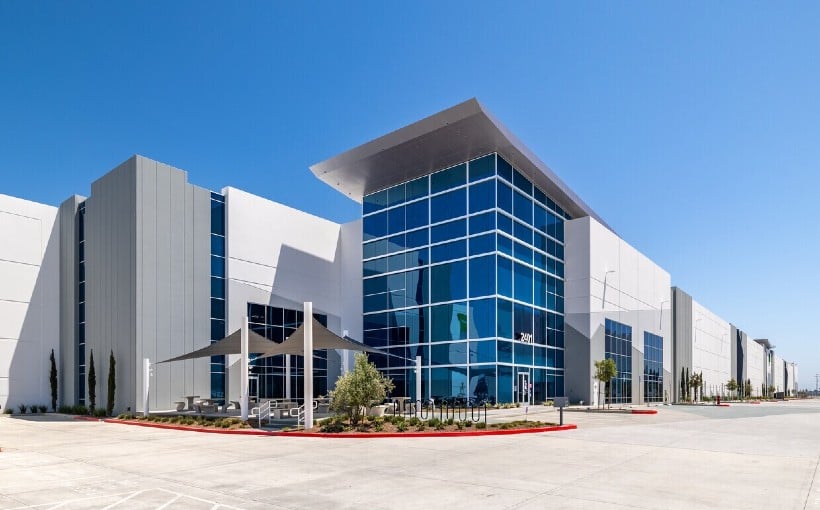In recent years, the concept of digital transformation and data acquisition has been a hot topic in offices around the world. This trend, often discussed in boardrooms and tech forums, promotes the use of large datasets to improve data security and validate decisions through data-driven insights. However, amidst this push for more data lies an important truth: it’s not just about quantity but also quality when it comes to deriving meaningful insights from that information.
While numbers and statistics are valuable tools, they do not provide control over external factors that can impact commercial real estate (CRE) portfolios. Staying updated on these developments through various sources such as industry publications or social media can be time-consuming. Additionally, with news cycles now shaping market movements rather than simply responding to them, ignoring this dynamic is futile.
Enter generative AI (GenAI), a buzzword that continues to echo throughout 2024 – with no signs of fading anytime soon. A Bloomberg Intelligence study projected its market value at $1.3 trillion by 2023 while a Deloitte survey found that 72% of global real estate leaders have either piloted or implemented AI-enabled solutions within their organizations already.
One immediate application for GenAI is its ability to extract meaningful insights from messy datasets and news headlines – like finding needles in haystacks more efficiently than human analysts could ever hope for. But beyond just identifying key information points, GenAI goes one step further by providing actionable strategies based on synthesized information – giving CRE professionals an unprecedented ability to anticipate future trends.
In today’s competitive CRE landscape where falling behind competitors could mean missing out on investment opportunities or facing significant loan defaults – staying ahead is crucially important right now given current economic conditions which include record-high property insurance costs due largely because climate-related natural disasters continue increasing year after year; rising interest rates putting pressure on multifamily rents; brick-and-mortar stores struggling amid bankruptcies declared by major retailers; etc., all of which are top-of-mind for investors.
But were you aware of the warning signs before Red Lobster declared bankruptcy? Or what property sales are actually getting done in a stagnant market? Who’s buying, who’s selling and why? What lenders are stepping up and where are they allocating their resources?
GenAI is well-equipped to identify these critical indicators and potential disruptions. By utilizing this technology, CRE professionals can perform their jobs more effectively – with a McKinsey study estimating that GenAI could create $110 to $180 billion or more for the real estate industry alone. With access to relevant news sources, professionals can better interpret their own data – shifting the global focus from accumulating “more data” towards homing in on “better data.”
In conclusion, while my perspective may be focused on CRE specifically, this principle applies universally across all industries. As we shift our focus towards obtaining better rather than just more information – GenAI stands as the pivotal factor distinguishing those who advance from those who lag behind.
Luis Amador is currently serving as general manager at Moody’s Analytics CRE based out of New York City.




